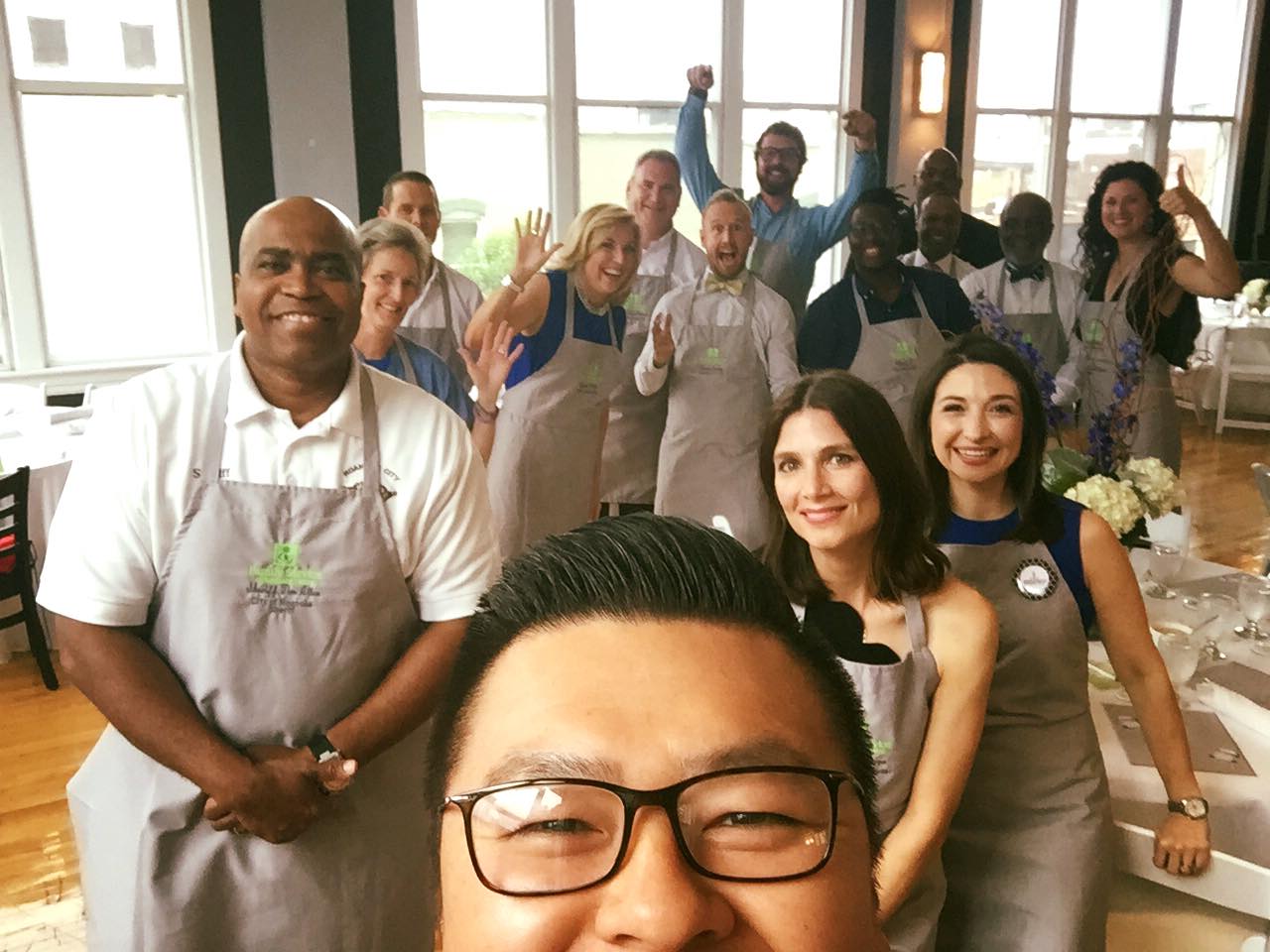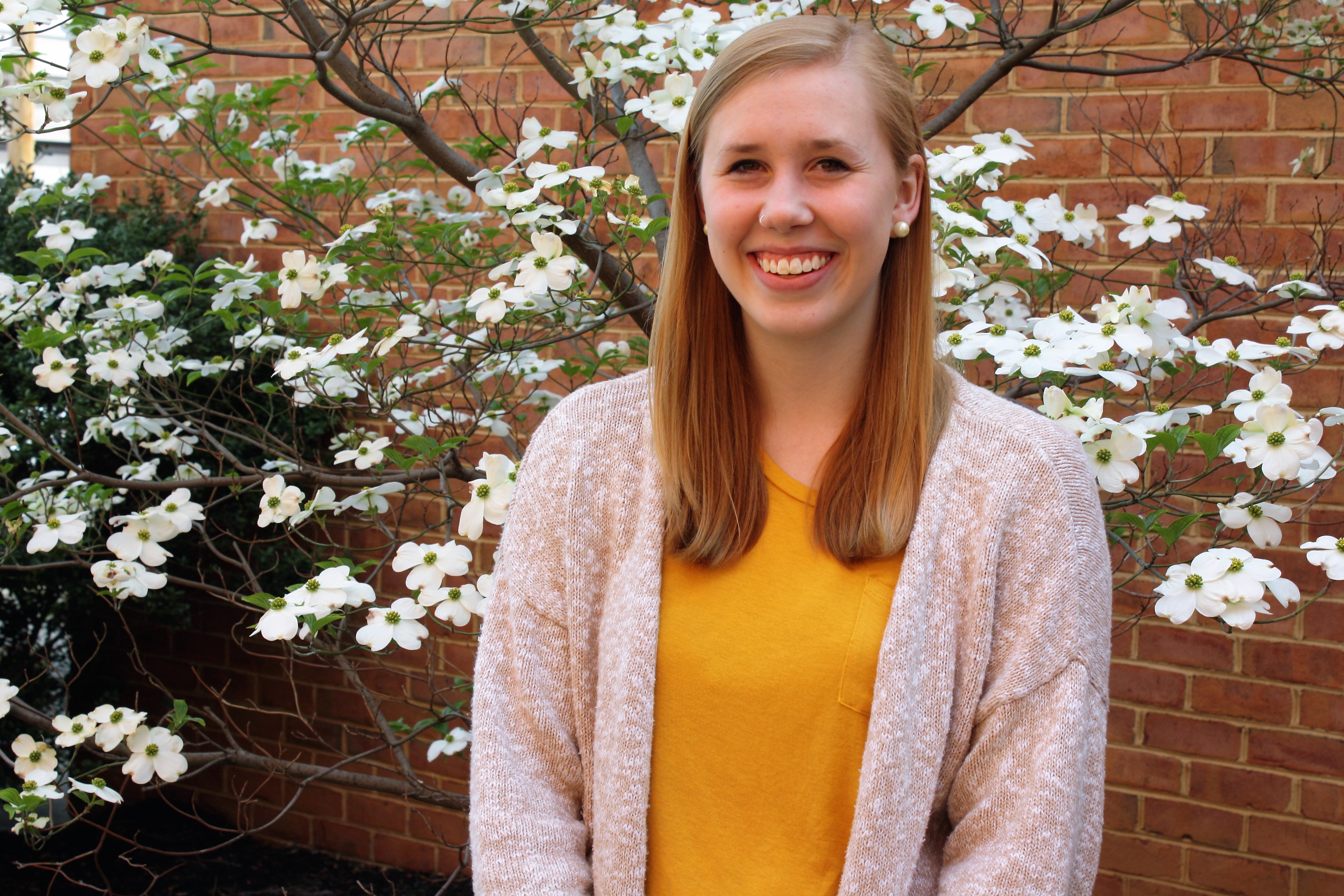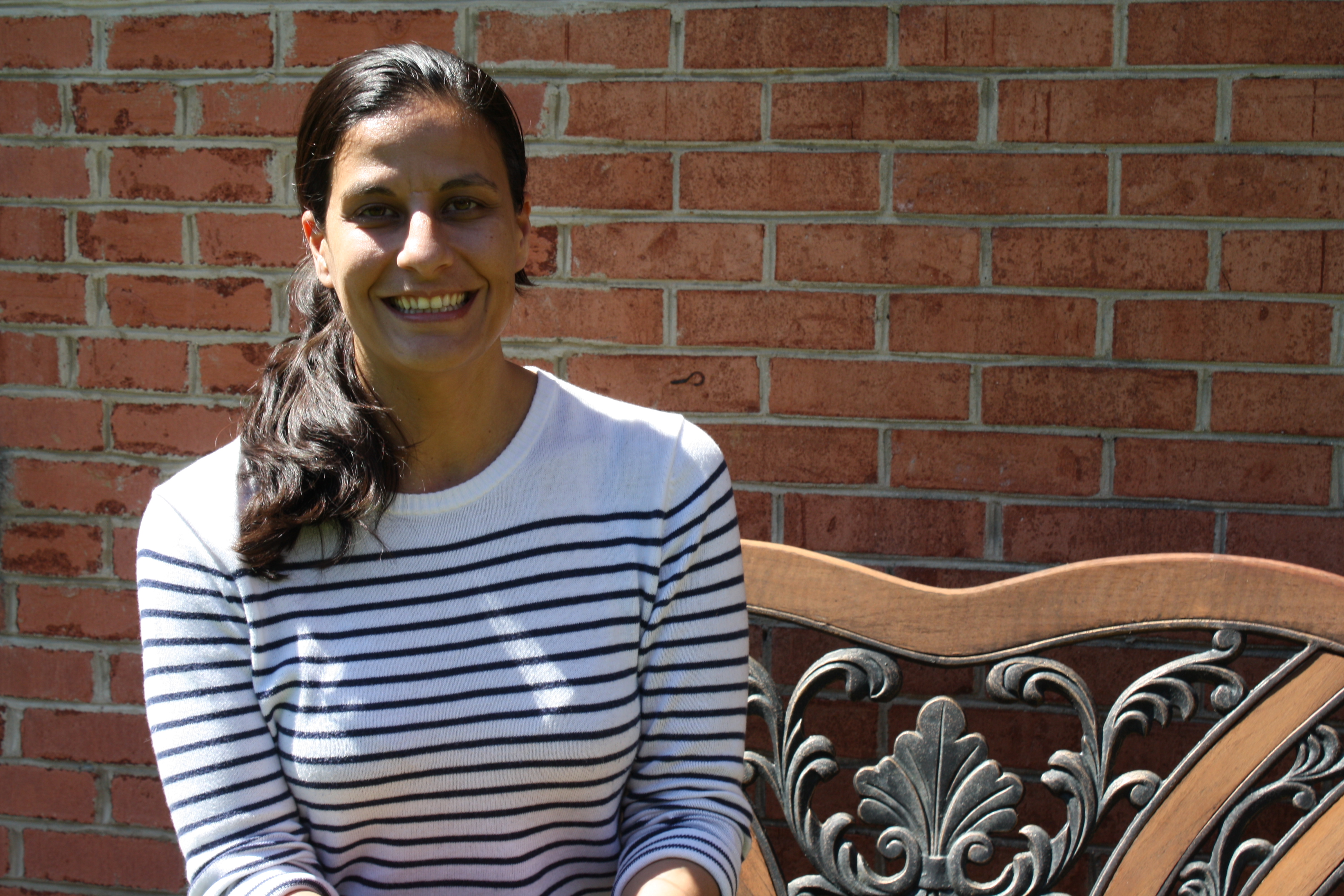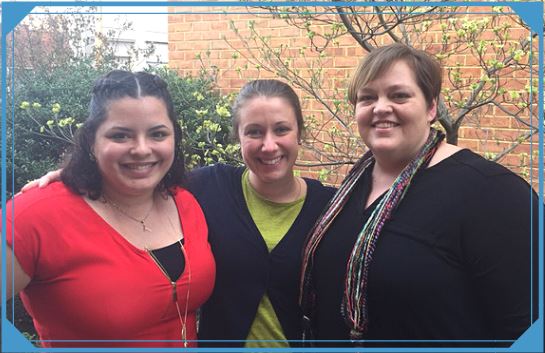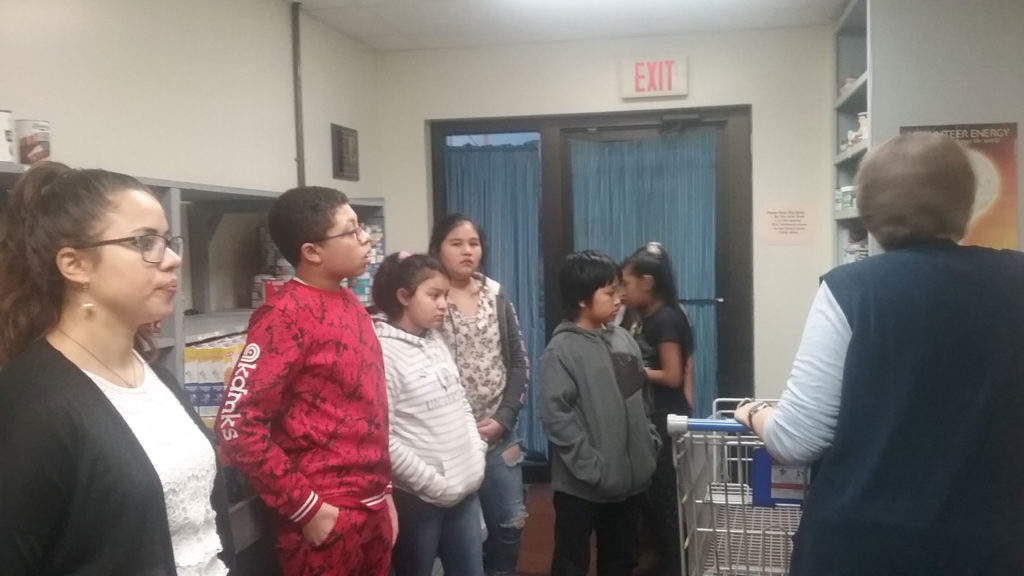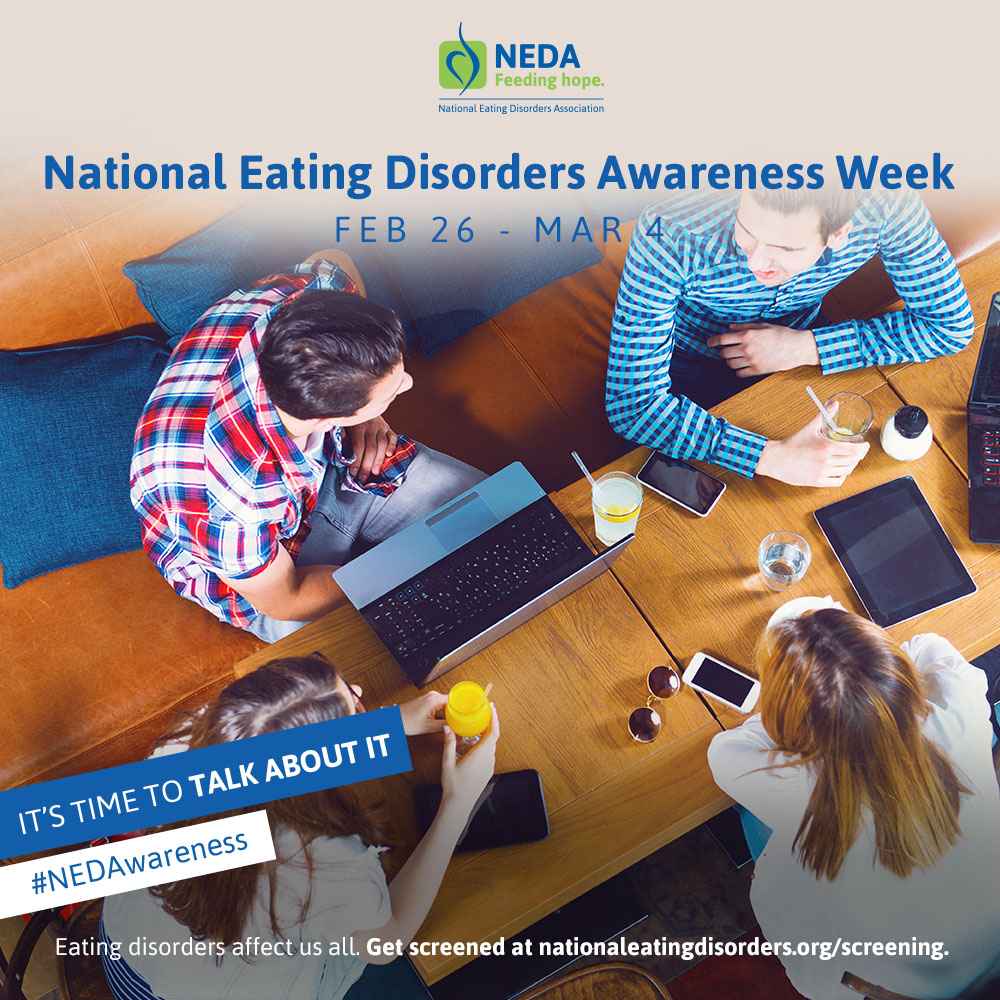As an avid reader, books definitely have a very important place in my life. That place is typically in my hands at 2:00AM, but that’s a story for another time. As part of #MentalHealthAwarenessMonth, we had some of our counselors recommend their favorites for children and teens to enjoy. Look closely, these aren’t your typical mental health themed books.
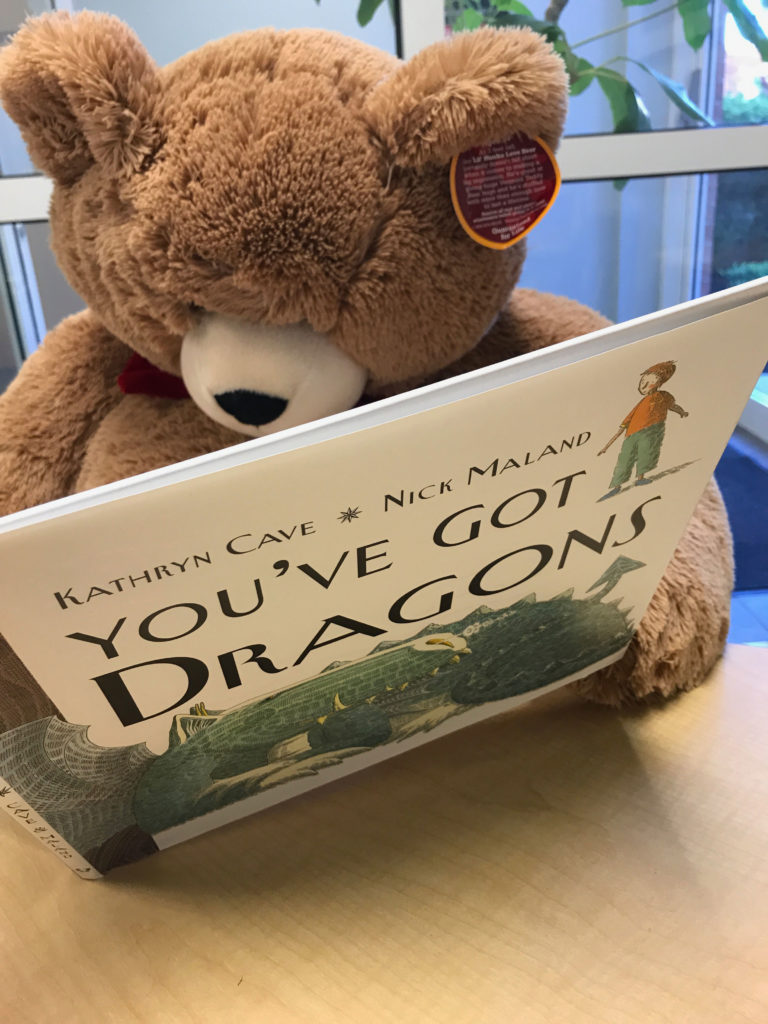
1.
You’ve Got Dragons by Kathryn Cave and Nick Maland
, recommended by Jennifer Nolley
“‘Dragons come when you least expect them. You turn around… and there they are.’ Worries, fears, anxieties… they are all dragons and they sneak up on most of us at one time or another. Lots of people get them. Even really really good people get them. And sometimes they are hard to get rid of. So what can a young boy with a bad case of the dragons do?”
You’ve Got Dragons is all about how to address anxiety and worry, giving kids coping skills to deal with those feelings.
2.
Blueloon by Julia Cook
, recommended by Jennifer Nolley
“I’m a blueloon. I’m supposed to be a regular balloon, but I’m just not having fun like the others. I’m kinda dull, and I’m kinda flat. My string is tied up in knots. I have a case of the blues…that’s why I’m a blueloon. I’ve felt like this for weeks!”
Depression is normally thought of something for adults, but children can have it too. This book shows them what it all means (as they might not understand depression), and how friends can help them “bounce back.”
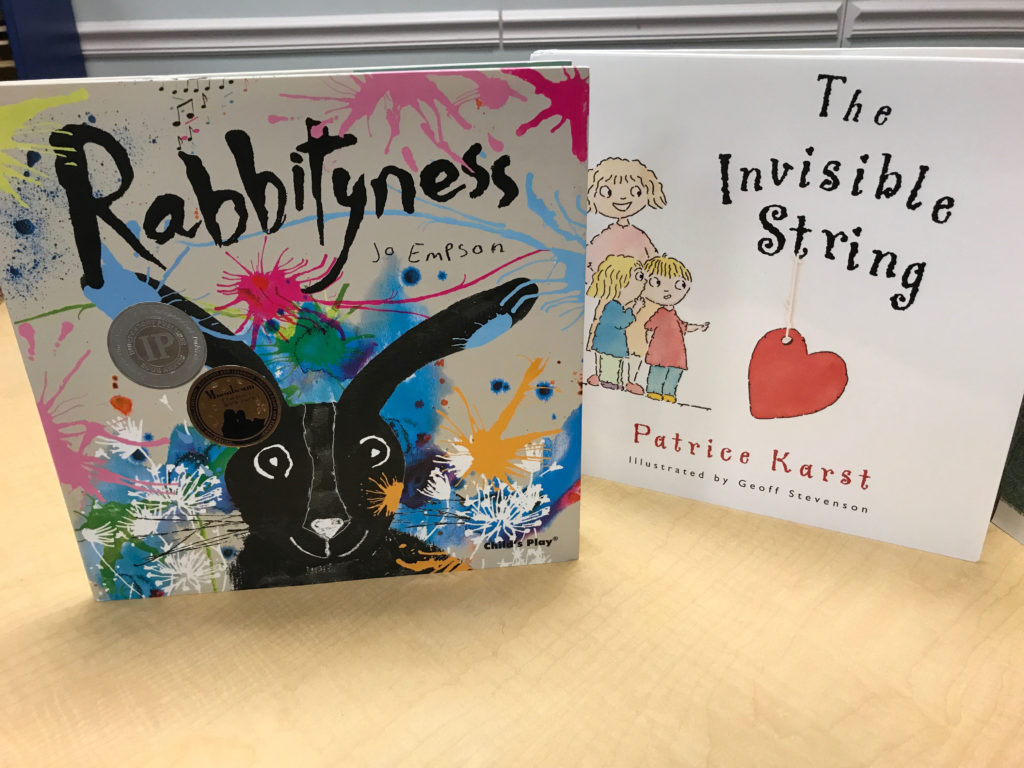
3.
The Invisible String by Patrice Karst
, recommended by Frannie Gaeta
“’That’s impossible,’ said twins Jeremy & Liza after their Mom told them they’re all connected by this thing called an Invisible String. “What kind of string?” They asked with a puzzled look to which Mom replied, “An Invisible String made of love.” That’s where the story begins.”
Overcoming the fear of loneliness or separation can be hard for anyone, this books helps with an children can easily identify and remember how to cope with such hard emotions.
4.
Rabbityness by Jo Empsan
, recommended by Frannie Gaeta
“Rabbit enjoys doing rabbity things, but he also loves un-rabbity things! When Rabbit suddenly disappears, no one knows where he has gone. His friends are desolate. But, as it turns out, Rabbit has left behind some very special gifts for them, to help them discover their own unrabbity talents!”
Rabbityness celebrates individuality and encourages the creativity in everyone while positively introduces children to dealing with loss of any kind.
5.
The Story of Ferdinand by Munro Leaf
, recommendation from Melissa Hays-Smith
Ferdinand is the world’s most peaceful–and–beloved little bull. While all of the other bulls snort, leap, and butt their heads, Ferdinand is content to just sit and smell the flowers under his favorite cork tree.
This classic has been around for 80 years, but the lessons are timeless. Teaching kids about individuality, critical thinking skills, and how to accept how you are.
You might be thinking that I said these were books for teens as well as children. As promised, here are some of my personal favorite YA books that deal with mental health.
1.
The Rest of Us Just Live Here by Patrick Ness
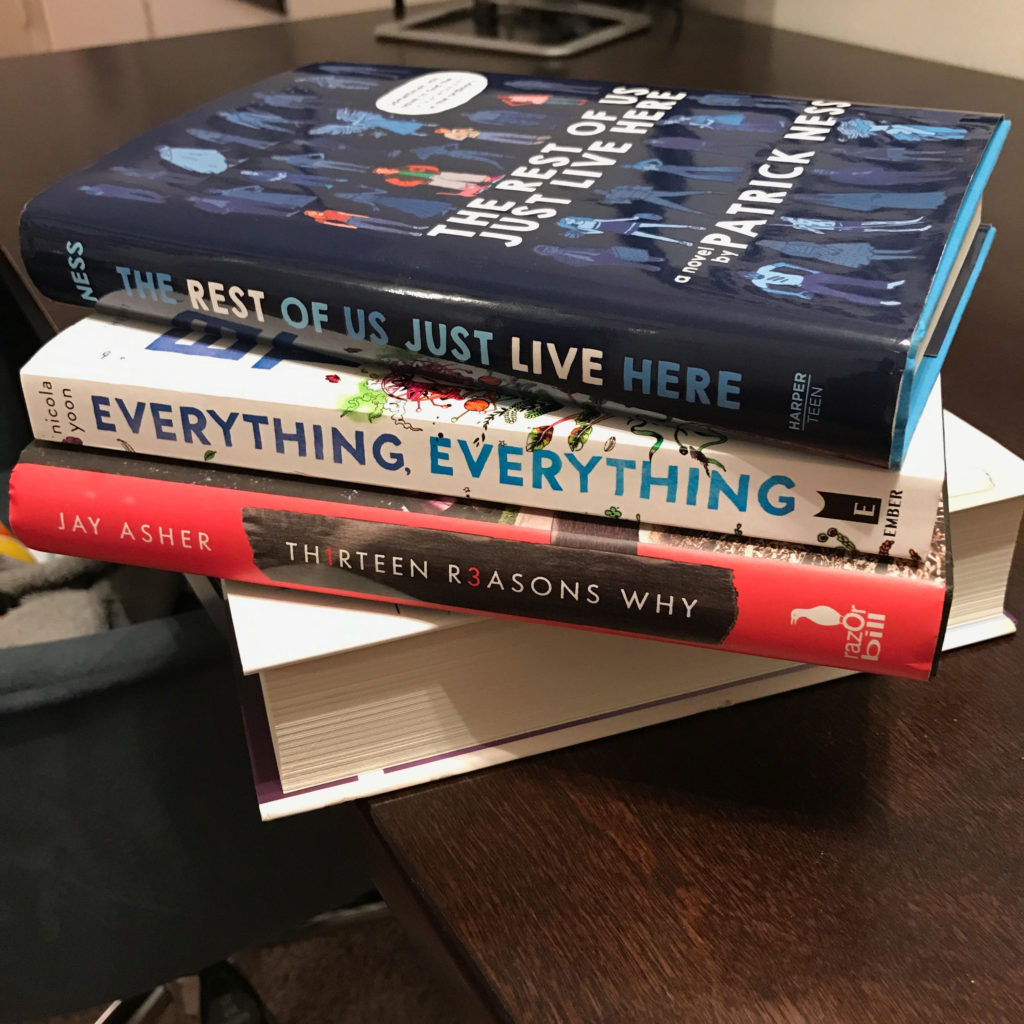
This is one of my favorite reads. It takes a completely different look at what happens to those people who aren’t fighting zombies or whatever is trying to end the world. With a close look at dysfunctional families, eating disorders, and general mental health, it’s definitely worth a read this month. ADDED BONUS: includes LGBTQ relationships because diversity is important!
2.
I Made You Up by Francesca Zappia
As someone who does not suffer from schizophrenia, this really opened my eyes to how different it is compared to the stories we normally hear about this condition. I fell in love with the unreliability of our narrator, Alex. Everything you think you know… you don’t.
3.
Everything, Everything by Nicola Yoon
The movie is coming out this month, so read this one soon! As sappy as the trailer may seem, love literally does save Maddy’s life, but love is also what did her in. Confused? Read it.
4.
13 Reasons Why by Jay Asher
Okay, I know this is everywhere. We wrote about it too. Even if you already binged the show, read the book! It’s a whirlwind of feels and there are just enough differences that it will feel new. Come on, I know you loved it enough to go through it again.


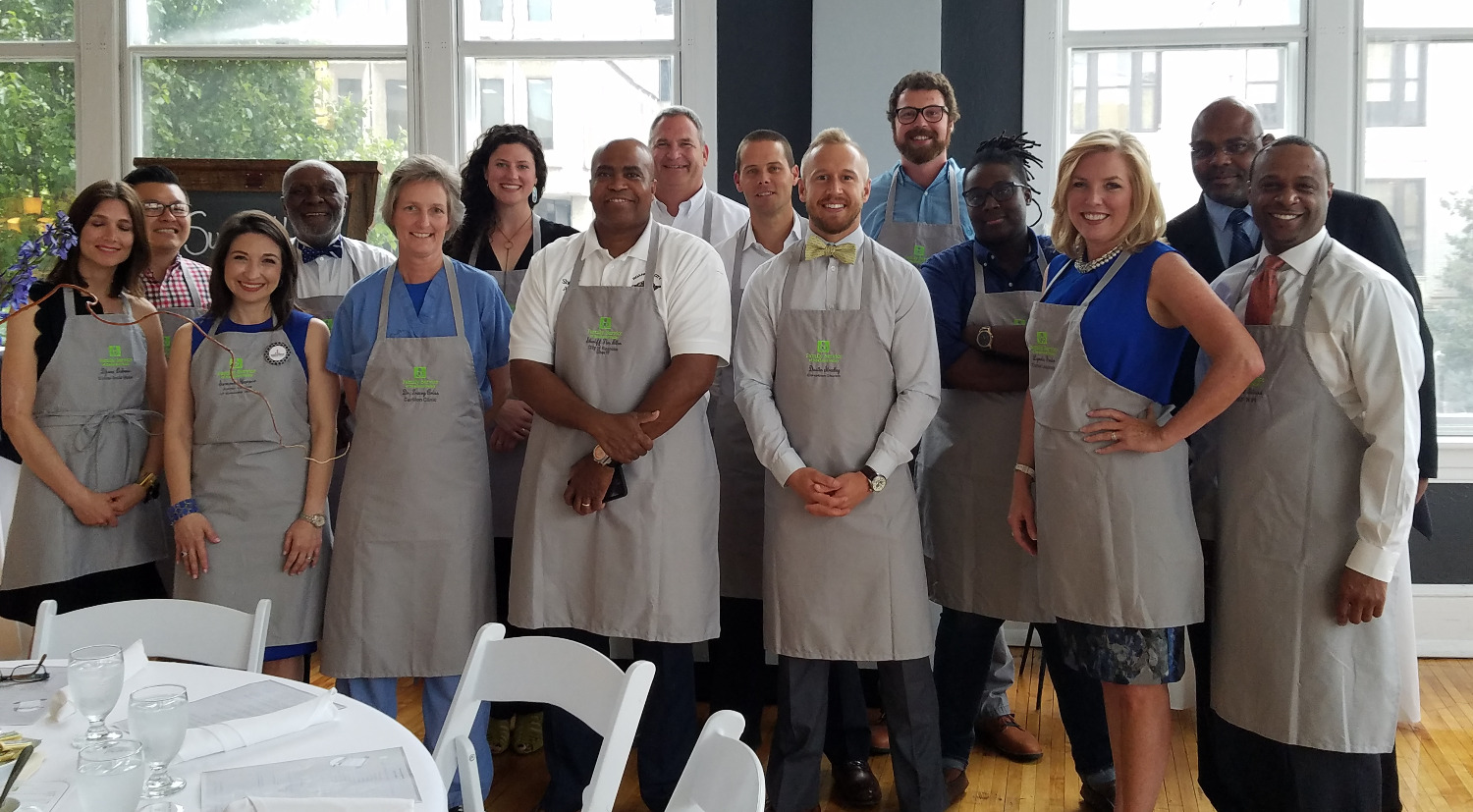 Last night was an amazing night for mental health in the Roanoke Valley!
Last night was an amazing night for mental health in the Roanoke Valley!